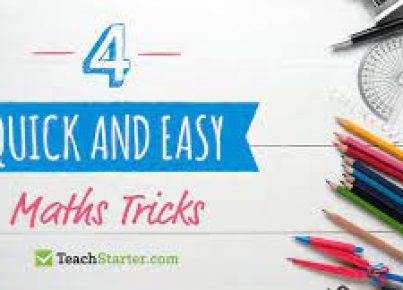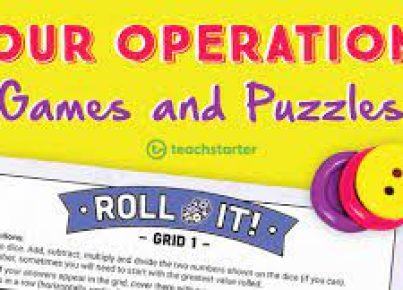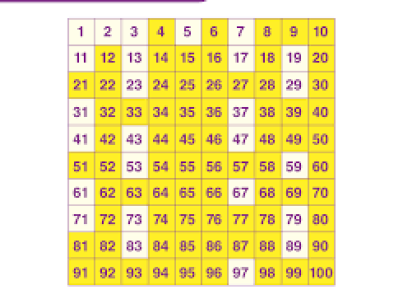Introduction:
Dive into the world of geometry with an engaging and interactive activity that promises to make learning a fun experience for students: Transformation Aquariums! This activity is perfect for enhancing students’ understanding of transformations, including translations, rotations, reflections, and dilations. Gather your tools, gather your class, and get ready to explore the depths of transformation in a mesmerizing underwater setting.
Objective:
The Transformation Aquariums activity aims to help students expand their knowledge of geometric transformations while fostering creativity and critical thinking. By crafting their aquariums and applying various transformations on aquatic creatures, students will learn how these transformations affect the shapes’ properties, size, orientation, and position.
Materials Needed:
1. Grid paper
2. Colored pencils or markers
3. Scissors
4. Glue or tape
5. Ruler and protractor (optional)
6. Printed aquatic creature shapes or templates for students to draw or trace
Activity Instructions:
1. Distribute grid paper to the students and instruct them to create an underwater aquarium scene as their background.
2. Provide colorful printed aquatic creature shapes or templates for the students to draw, trace, and color on a separate sheet of grid paper.
3. Guide the students in learning about each type of transformation:
– Translations: moving a shape without changing its orientation
– Rotations: turning a shape around a fixed point by a specific angle
– Reflections: flipping a shape over an axis creating its mirror image
– Dilations: resizing a shape proportionally either enlarging or shrinking it
4. Encourage each student to choose at least one transformation type (translation, rotation, reflection, dilation) to apply to their aquatic creatures.
5. Demonstrate an example of how to perform each transformation on specific shapes using grid lines or tools (ruler and protractor).
6. Allow the students to cut out their transformed aquatic creatures and use glue or tape to attach them to their aquariums.
7. Once all transformed creatures are placed, have students present their Transformation Aquariums to the class and explain the type(s) of transformation they used.
8. As an extension, encourage students to practice multiple transformations on the same shape and explore the creative possibilities in designing their aquariums.
Closing:
This immersive activity will bring a splash of creativity and imagination to your classroom while helping students understand geometry transformations. Students will enjoy showcasing their work, fostering a sense of achievement and pride in learning mathematical concepts. Dive into the captivating world of transformation aquariums and watch your students’ understanding of transformations grow!




